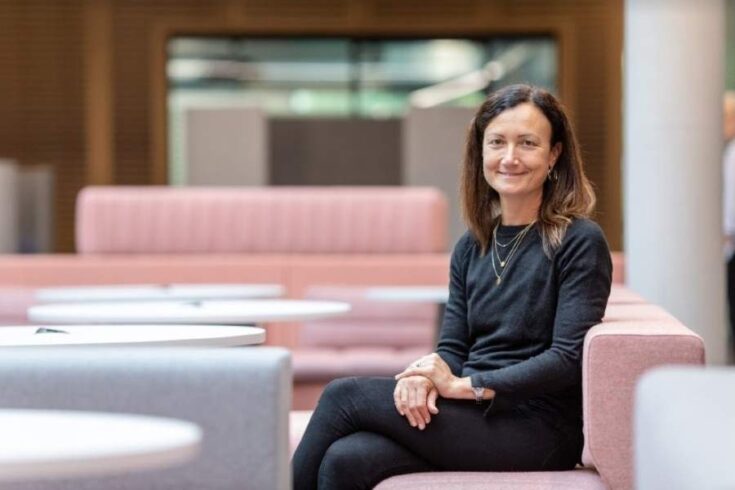Around 50,000 people undergo fertility treatment in the UK every year. Trying to have a baby through in vitro fertilisation (IVF) can be an arduous and expensive business.
Each round of IVF treatment costs upwards of £3,000. Couples can find that they, and not the NHS, are footing the bill, depending on where they live.
The success of fertility treatments is significantly affected by conditions under which fertilised embryos are grown in the lab before being implanted. Success rates for each round of IVF are only about 23%.
The most common methods used by fertility clinics have not changed much in 40 years. Embryos are cultured in open plastic petri dishes, overlaid with a mineral oil that is potentially toxic for embryo development and can adversely affect IVF outcomes.
About the project
A Grow MedTech project, supported through Research England’s Connecting Capability Fund, is working to improve couples’ chances.
‘Microfluidic embryo culture as a device to improve the efficiency of infertility treatments in humans’ is one of many projects that show the potential of engineering to provide solutions to clinical problems.
As part of the project, engineers are coming together with embryology experts, clinicians, patients and the manufacturing industry.
Led by Professor Helen Picton, head of the Reproduction and Early Development Research Group at the University of Leeds, the team is developing a device for use in IVF that provides safe, enclosed and precisely regulated micro-environments. These more closely resemble an embryo’s natural growing conditions within the body.
Project lead Dr Virginia Pensabene, a fellow of the School of Electronic and Electrical Engineering at the University of Leeds, explained:
There are many different steps involved in IVF, and we are focused on a specific one – the culture of the embryo once it is fertilised, but before it goes into the womb.
Our new device is an enclosed chamber that replicates the narrow channels and movement within the fallopian tubes, with micro-fluids passing through it, providing the nutrients that the embryo would get in the body. It also makes it easier to handle the delicate embryos without damaging them.
Impacts of the project
One year of proof of concept funding has enabled the project team to assess the safety of different materials used in the devices. They’ve then gone on to validate the most promising, testing them out on cow embryos, which are a similar size to human embryos.
The funding is also helping the team to carry out market analysis and develop a manufacturing plan. With patents now granted and funding from the National Centre for the Replacement Refinement and Reduction of Animals in Research (NC3Rs) in place, they aimed to launch the device for animal breeding in 2021.
By the end of 2022, once manufacturing and material safety have been fully tested, Grow MedTech hopes to make them available to fertility clinics for human IVF.
Many other factors remain which can influence IVF success rates including patient age, the initial cause of infertility, and egg and sperm health. Virginia’s team estimates that by using the new device, each round of IVF has at least a 10% better chance of resulting in a successful pregnancy.
That means significantly less emotional trauma for prospective parents, and greatly reduced costs for the NHS and for couples themselves.
Top image: Grow MedTech IVF project lead Dr Virginia Pensabene. Credit: University of Leeds.

